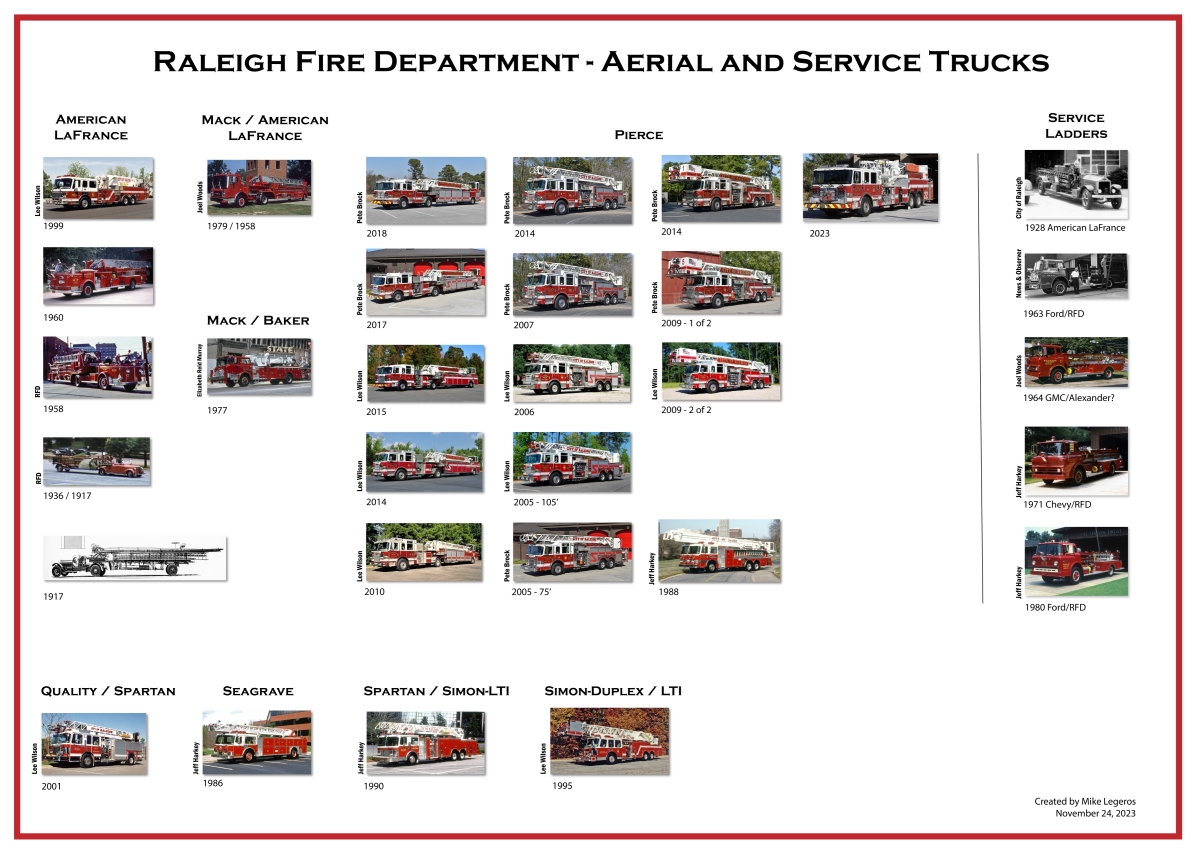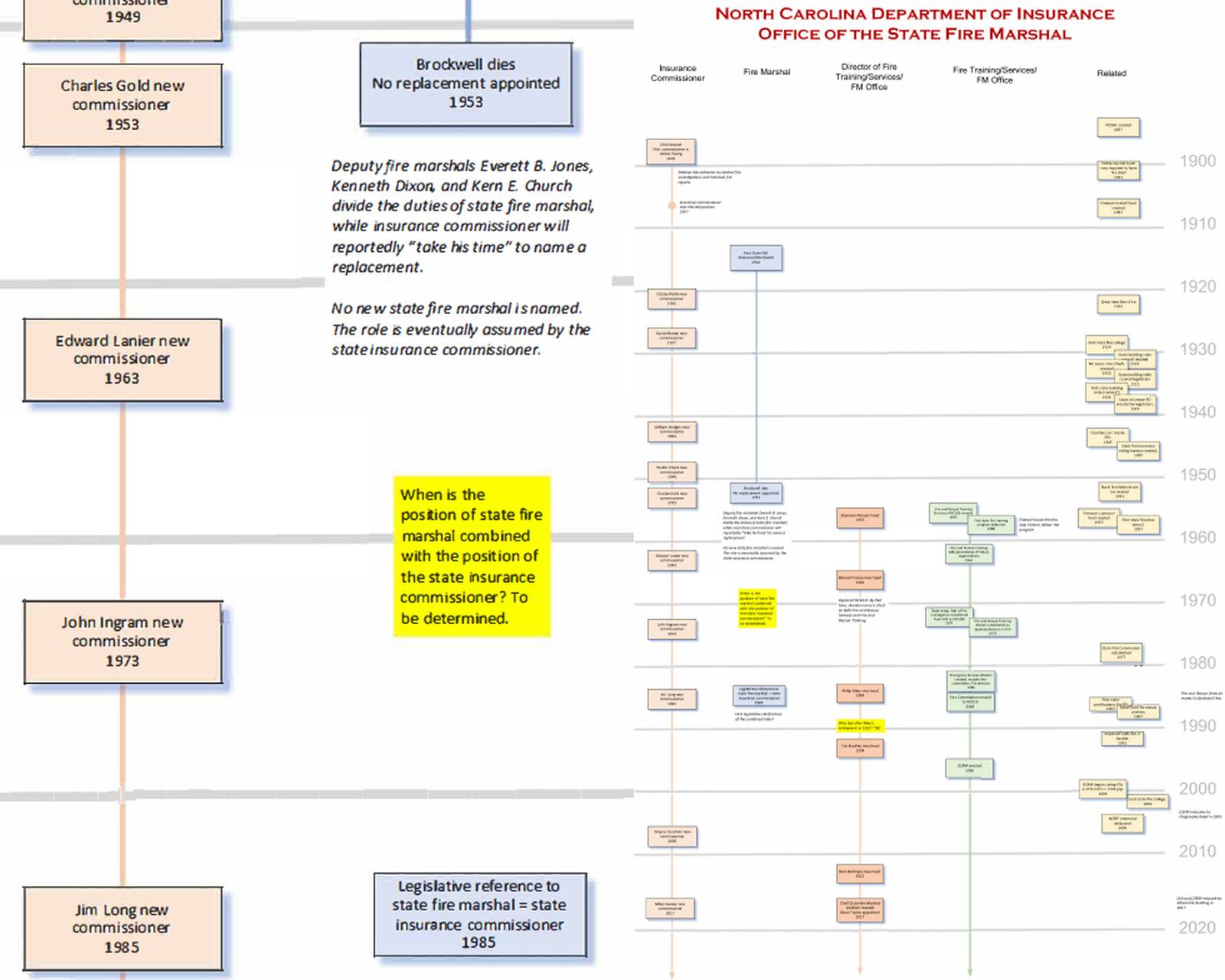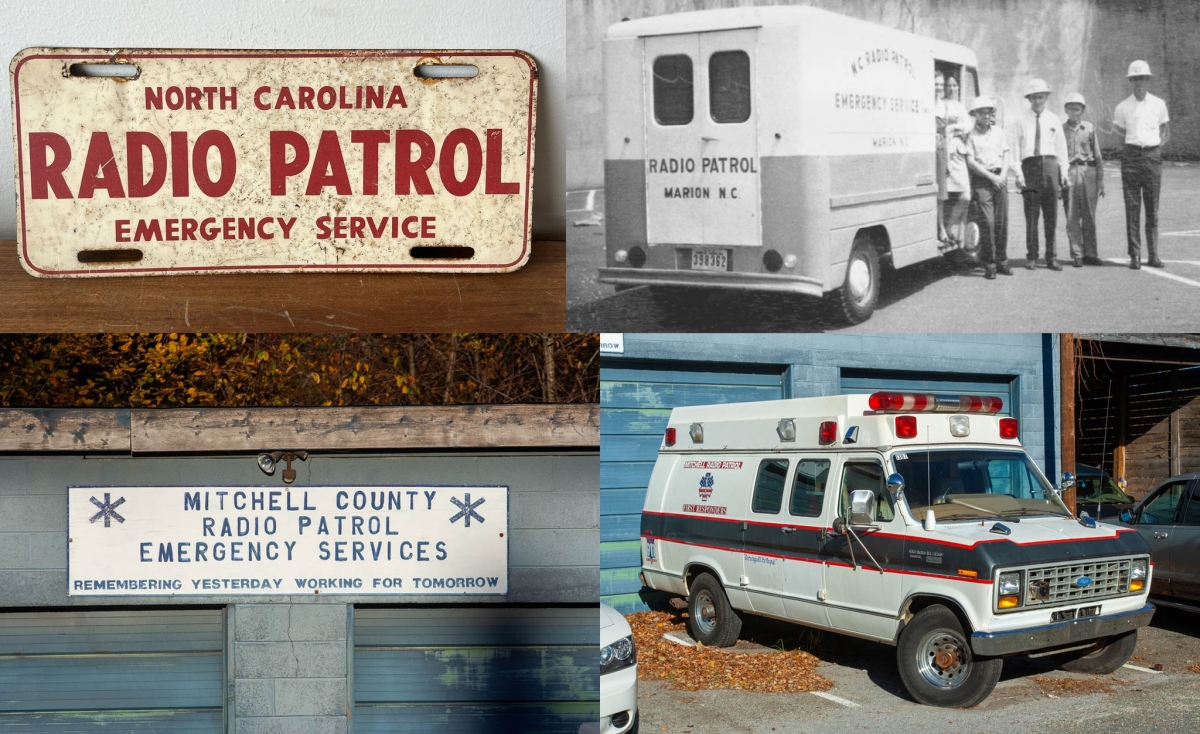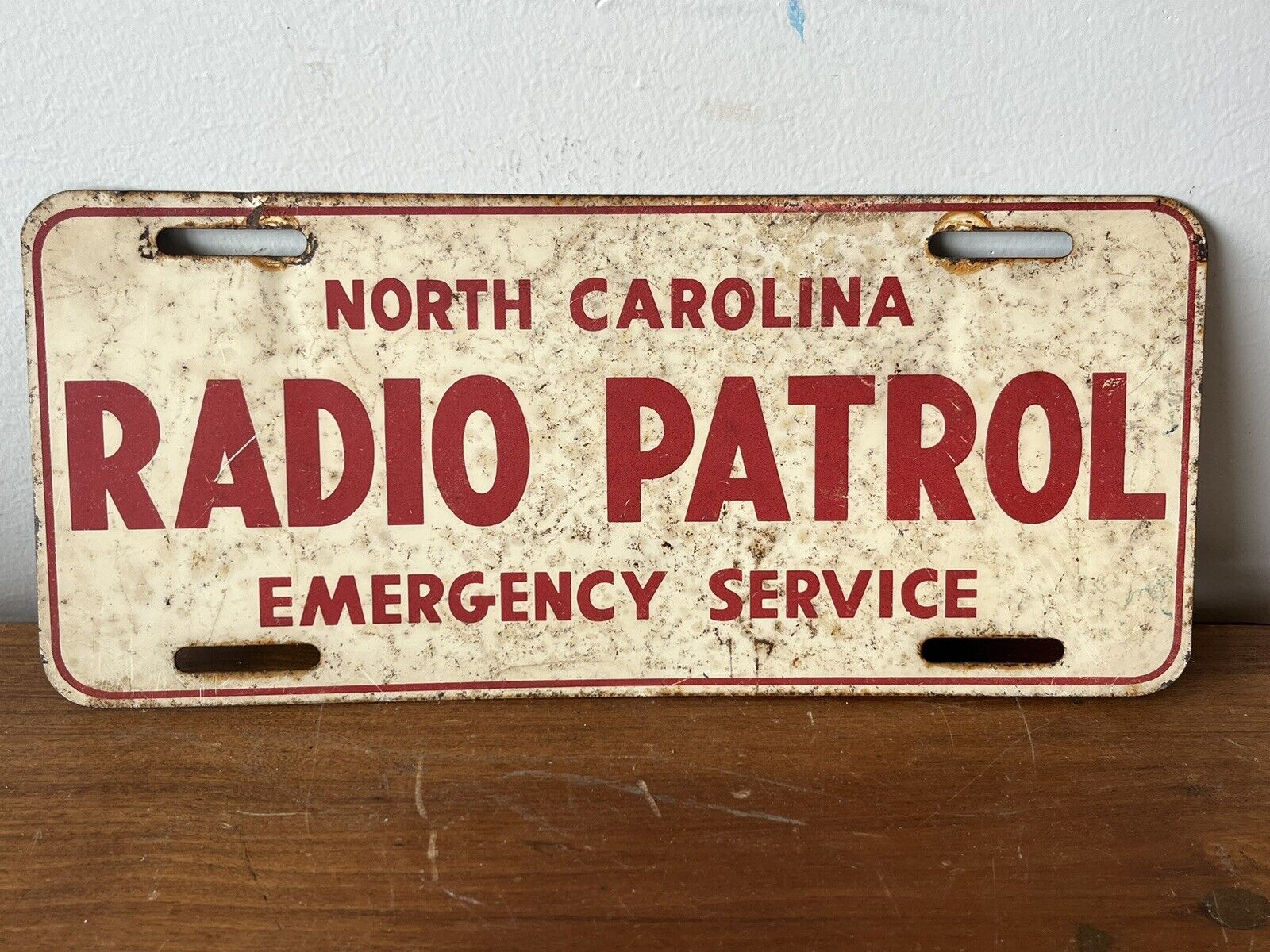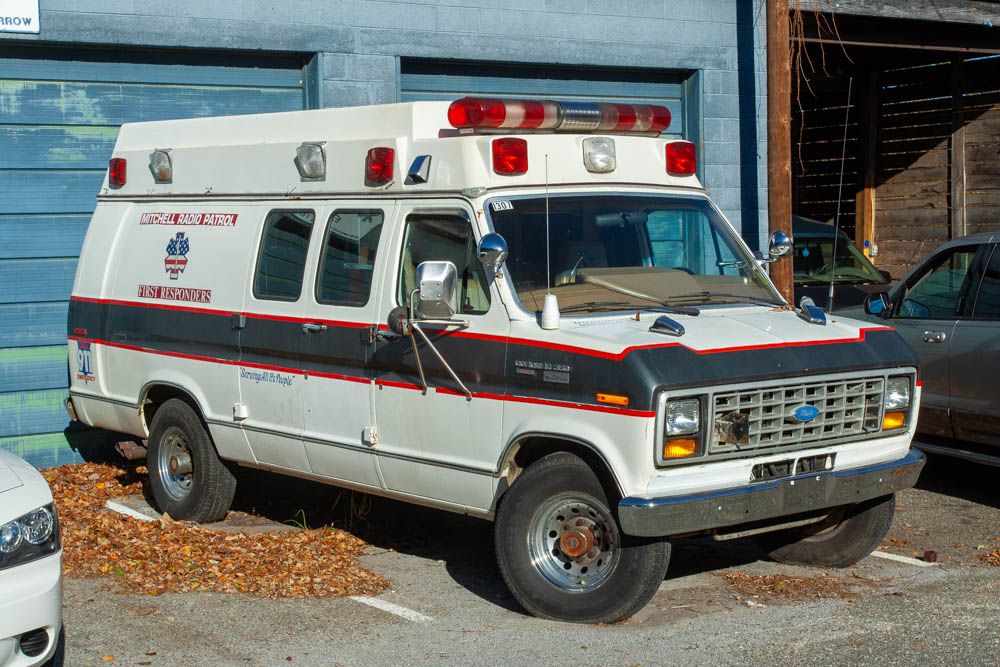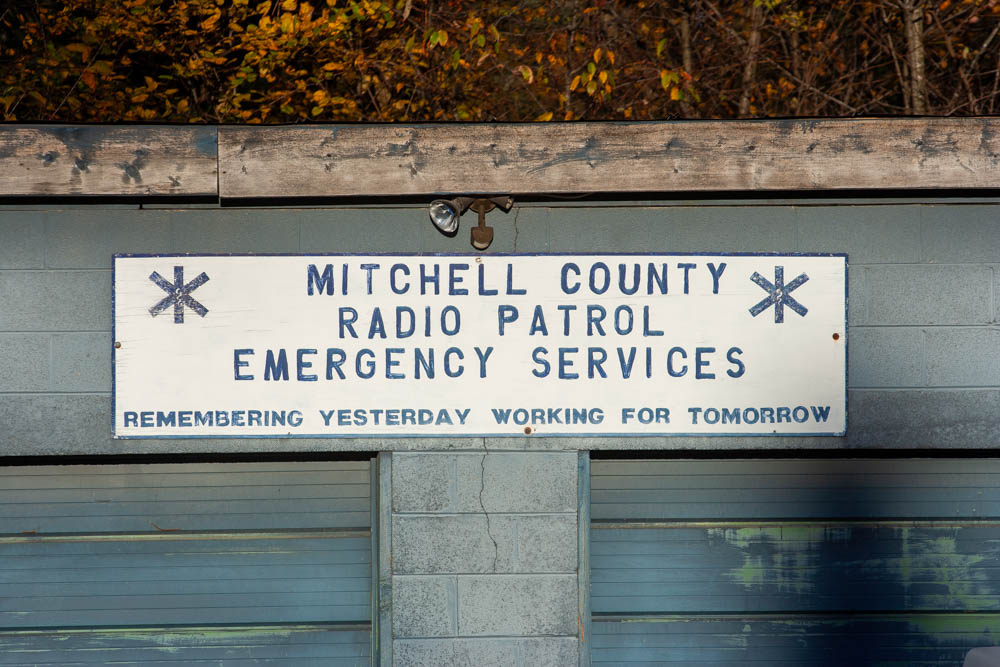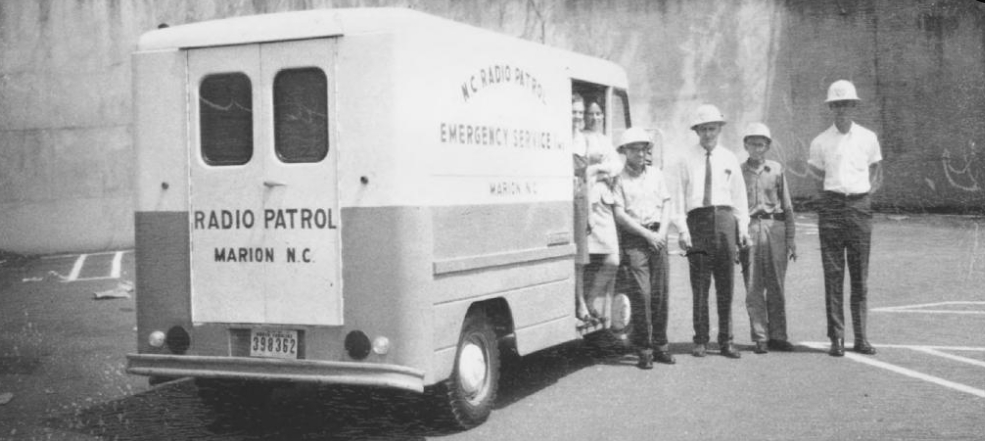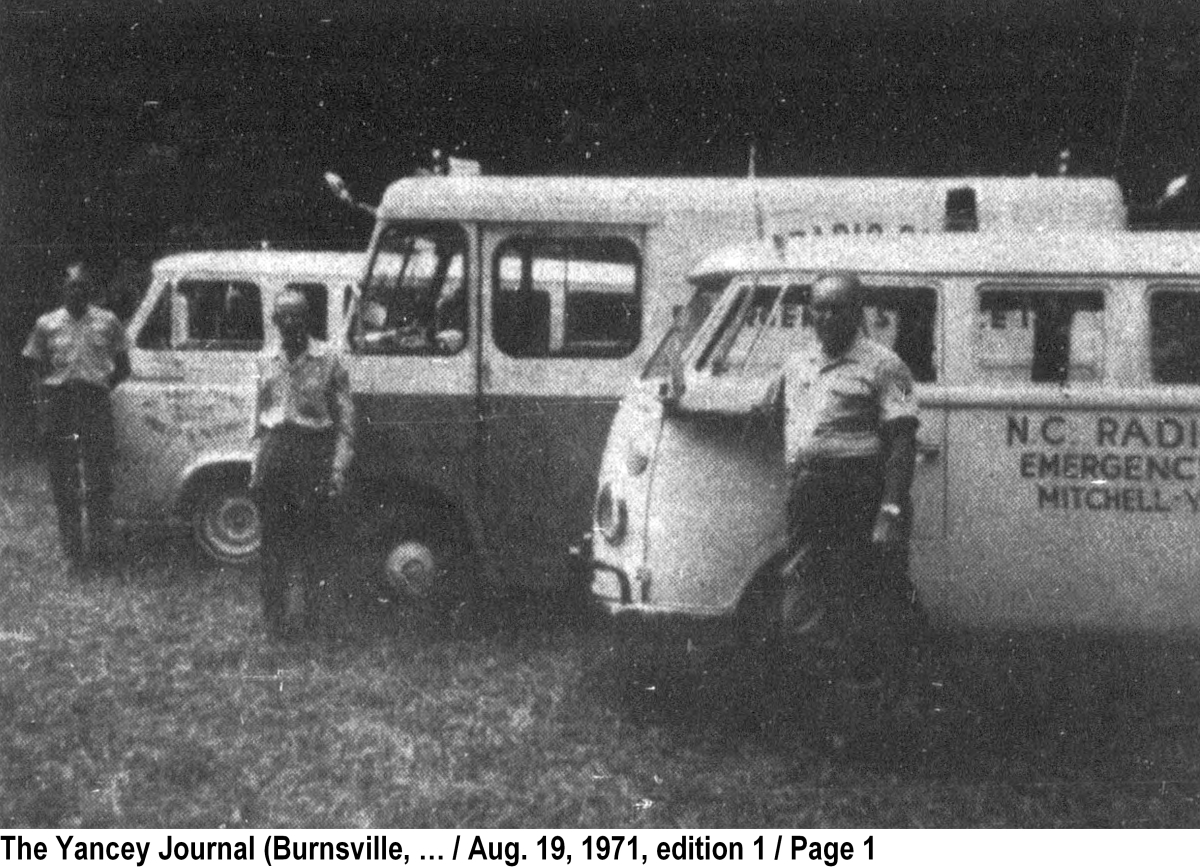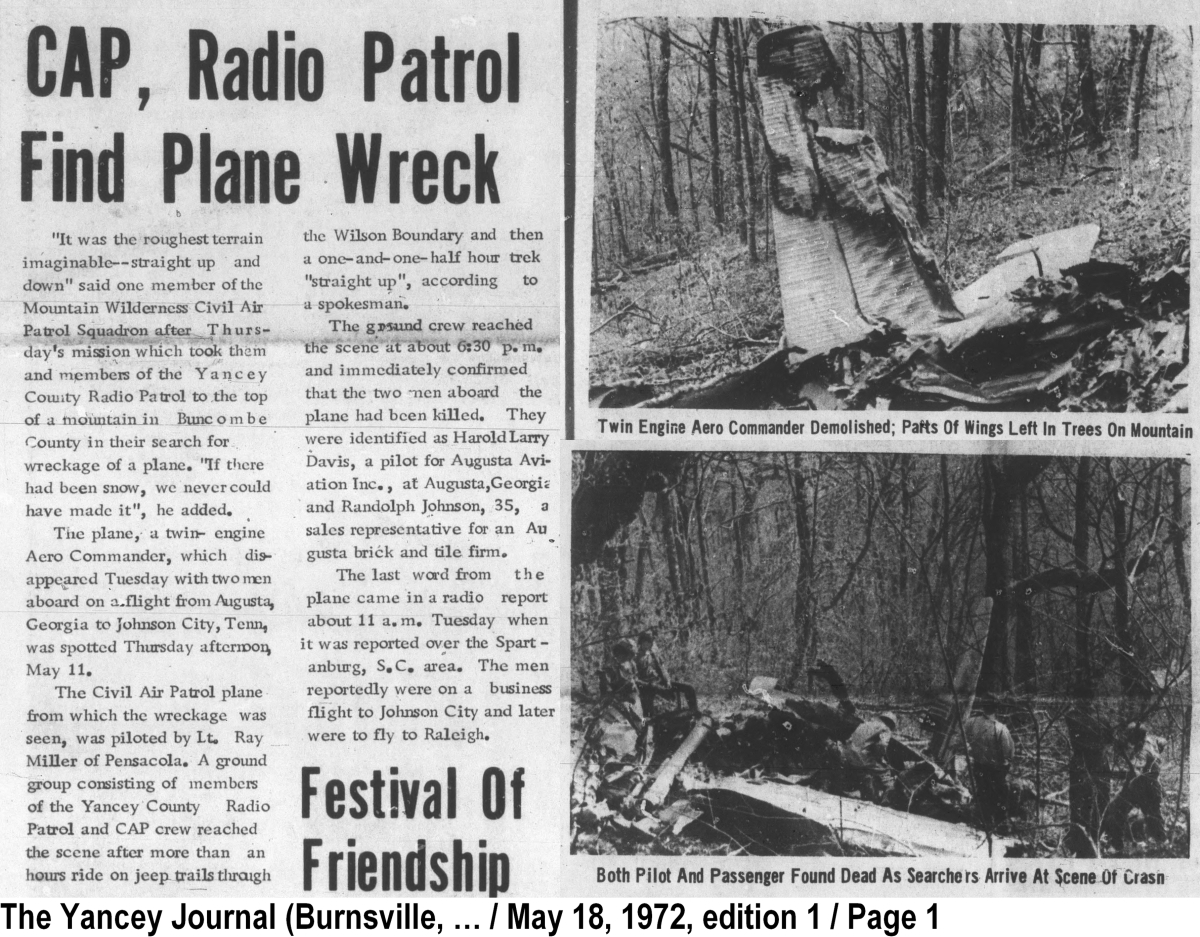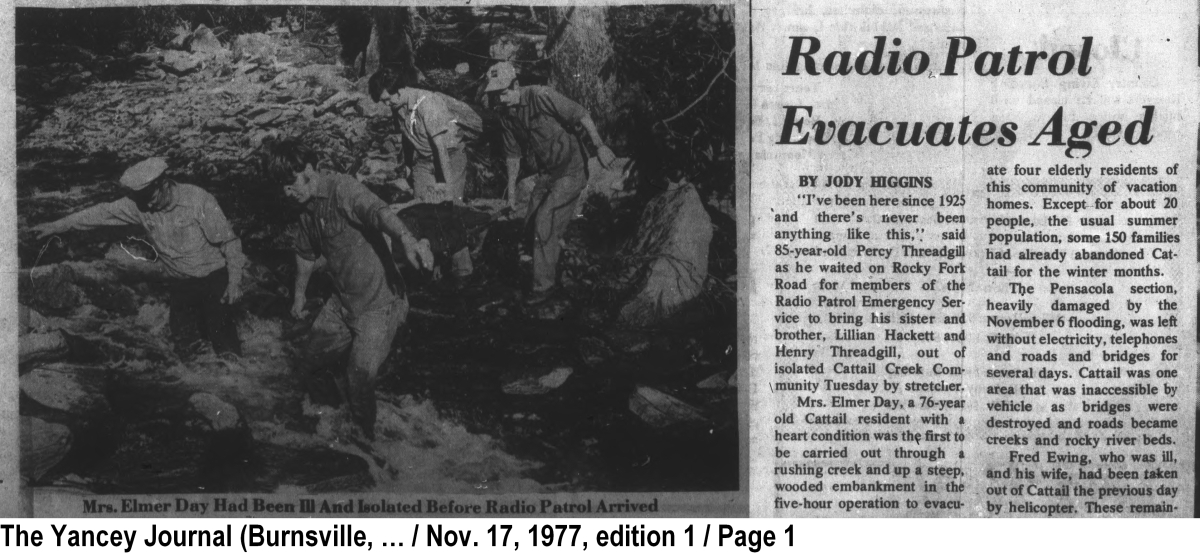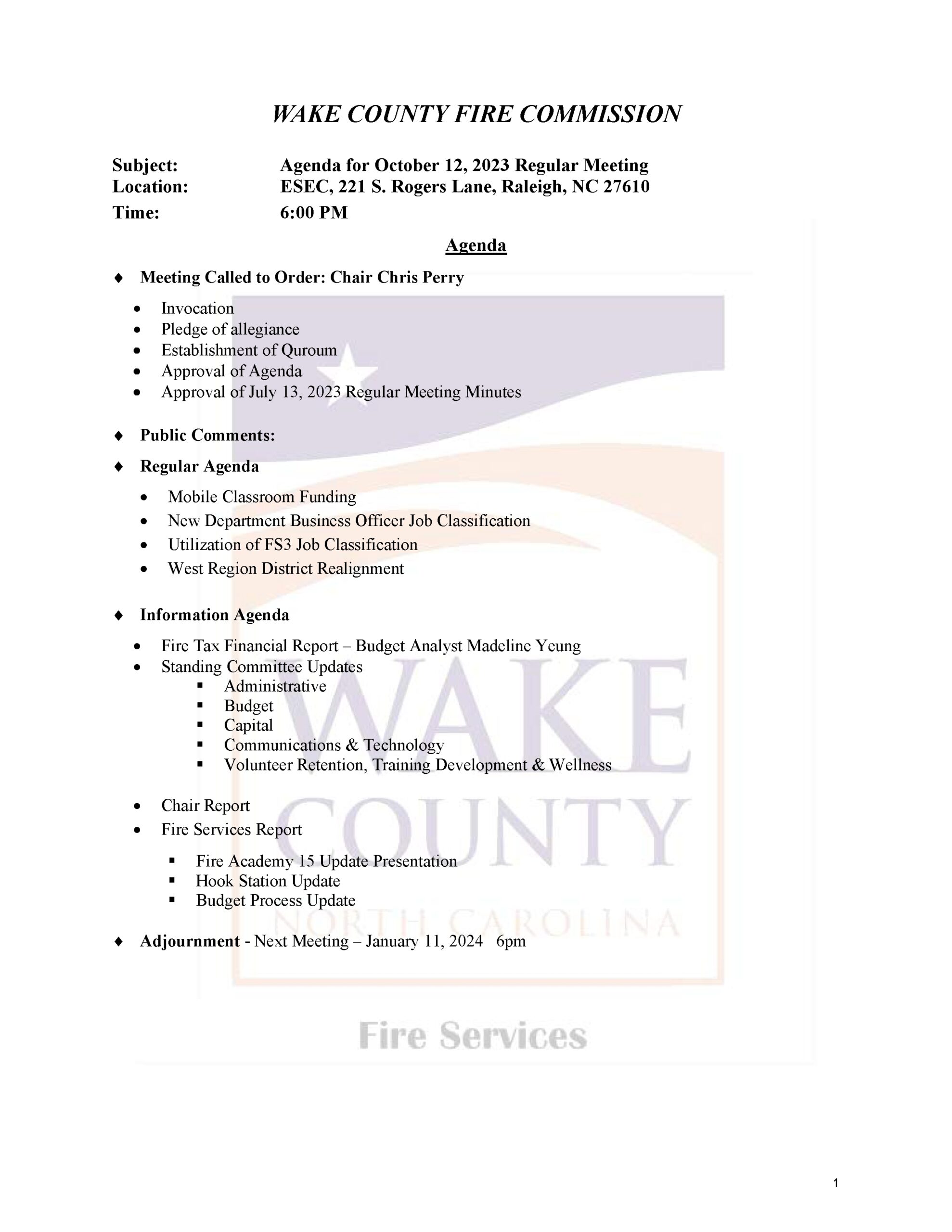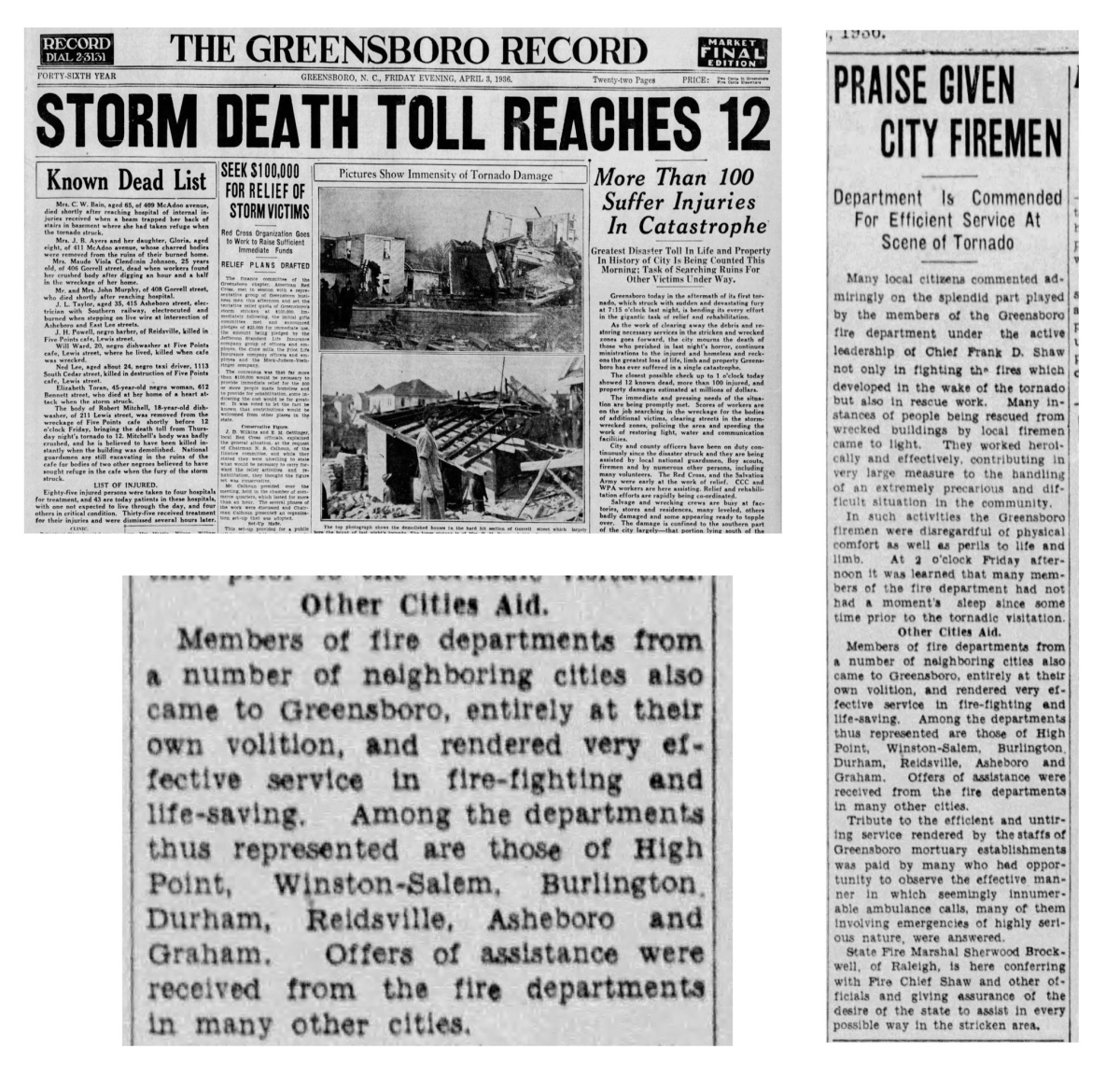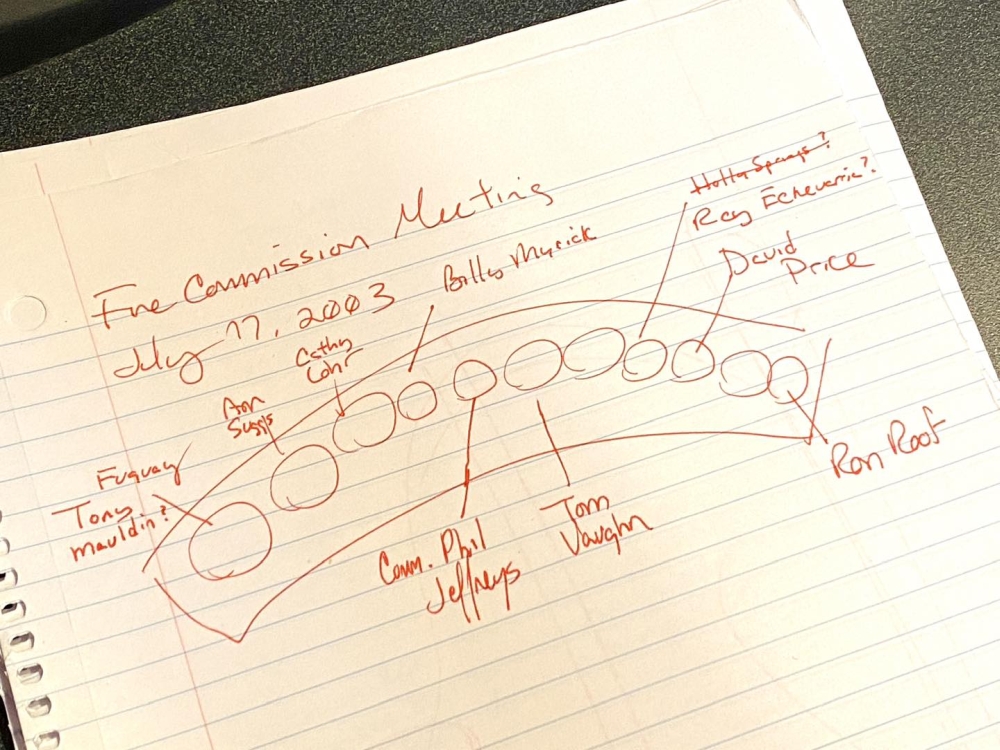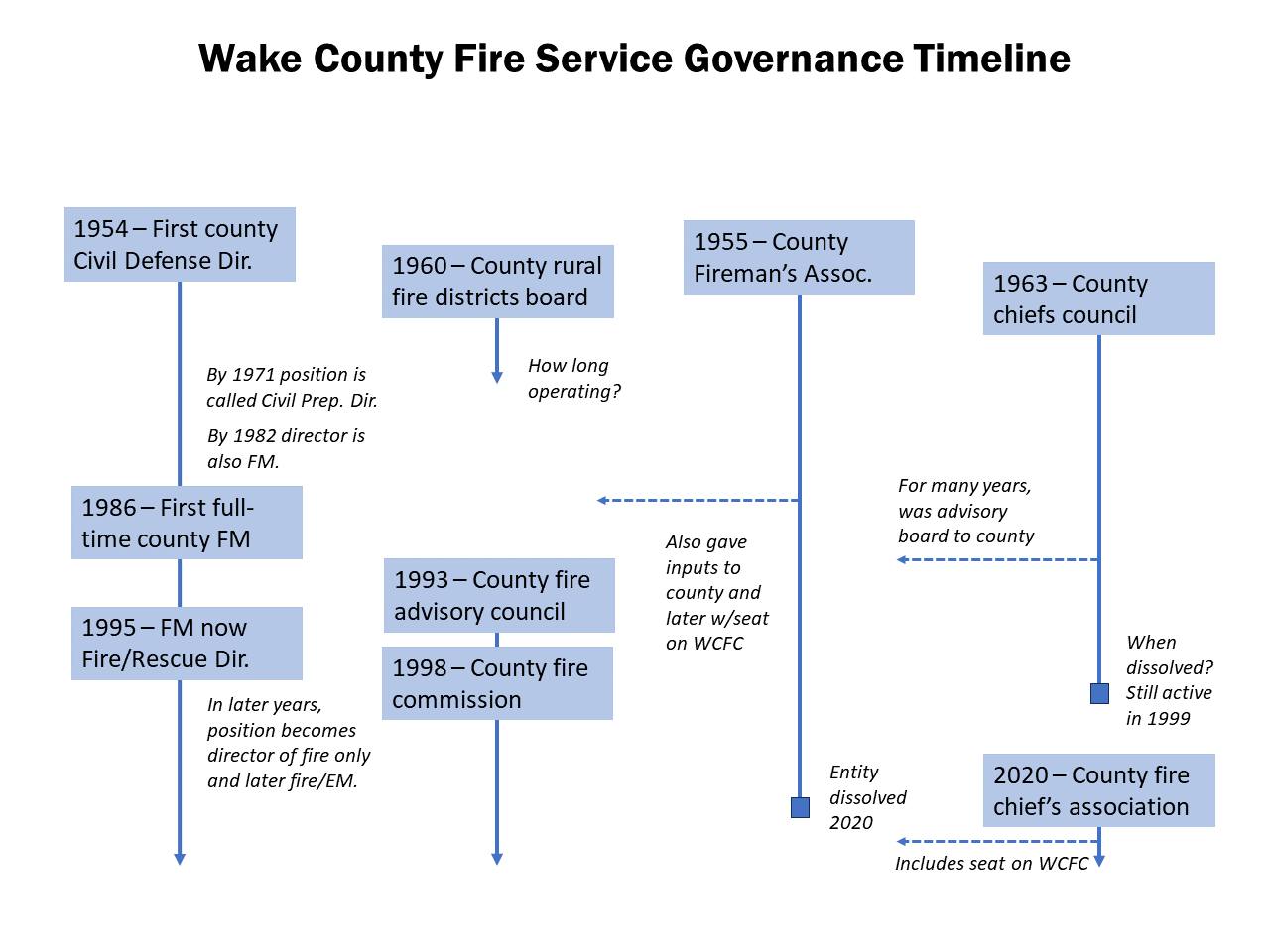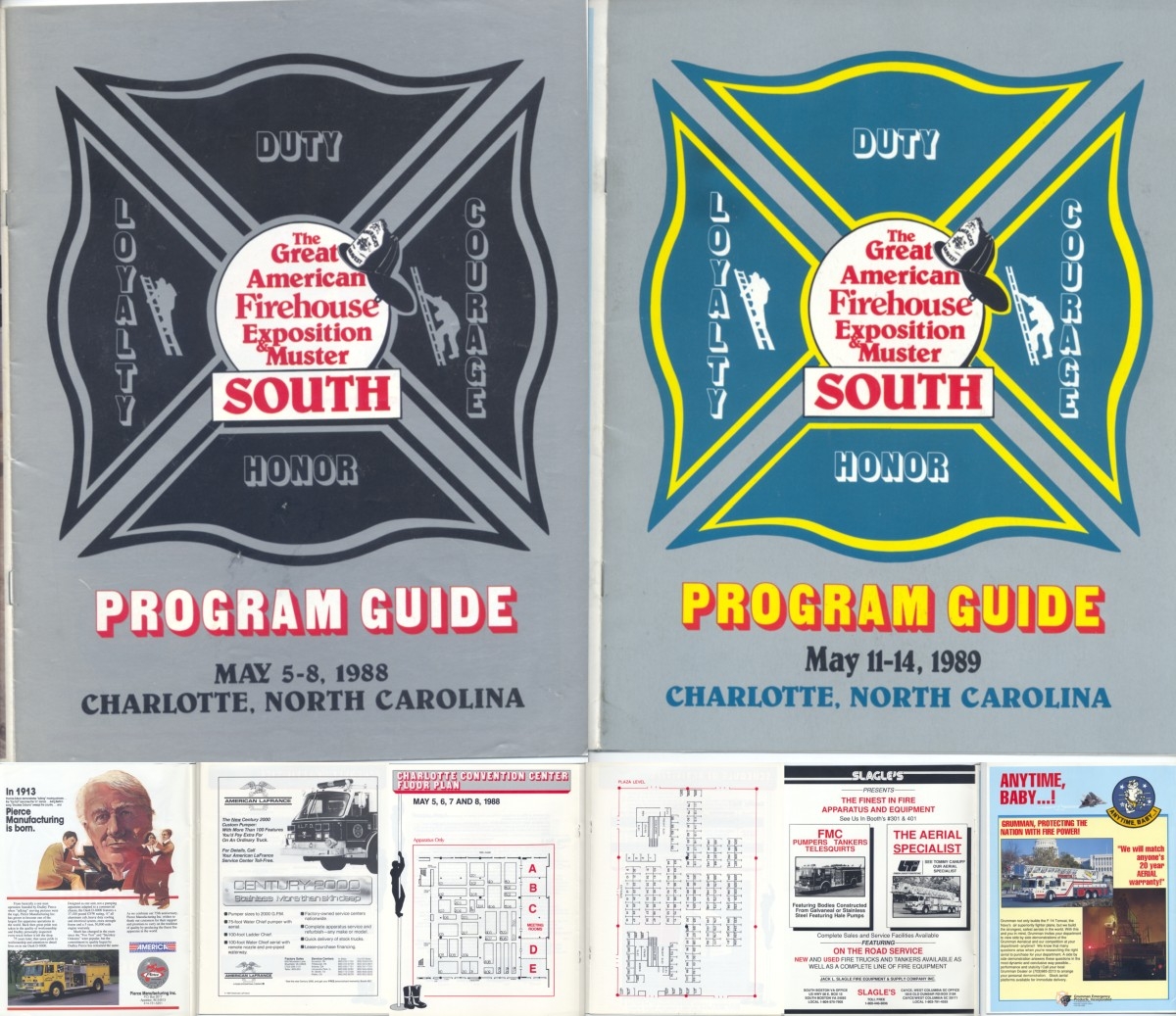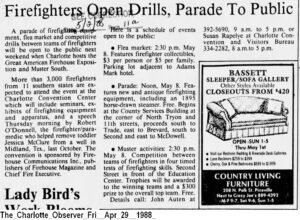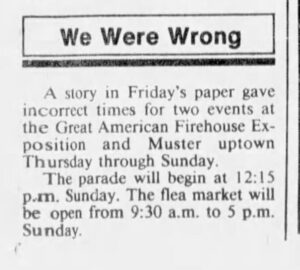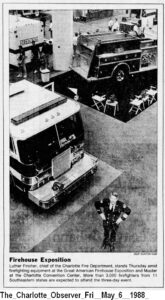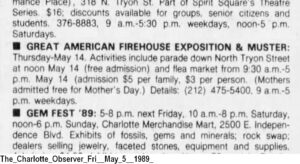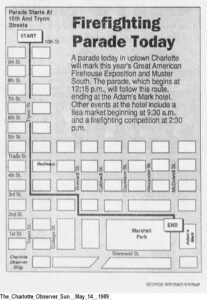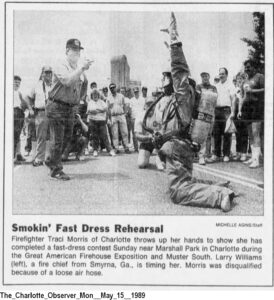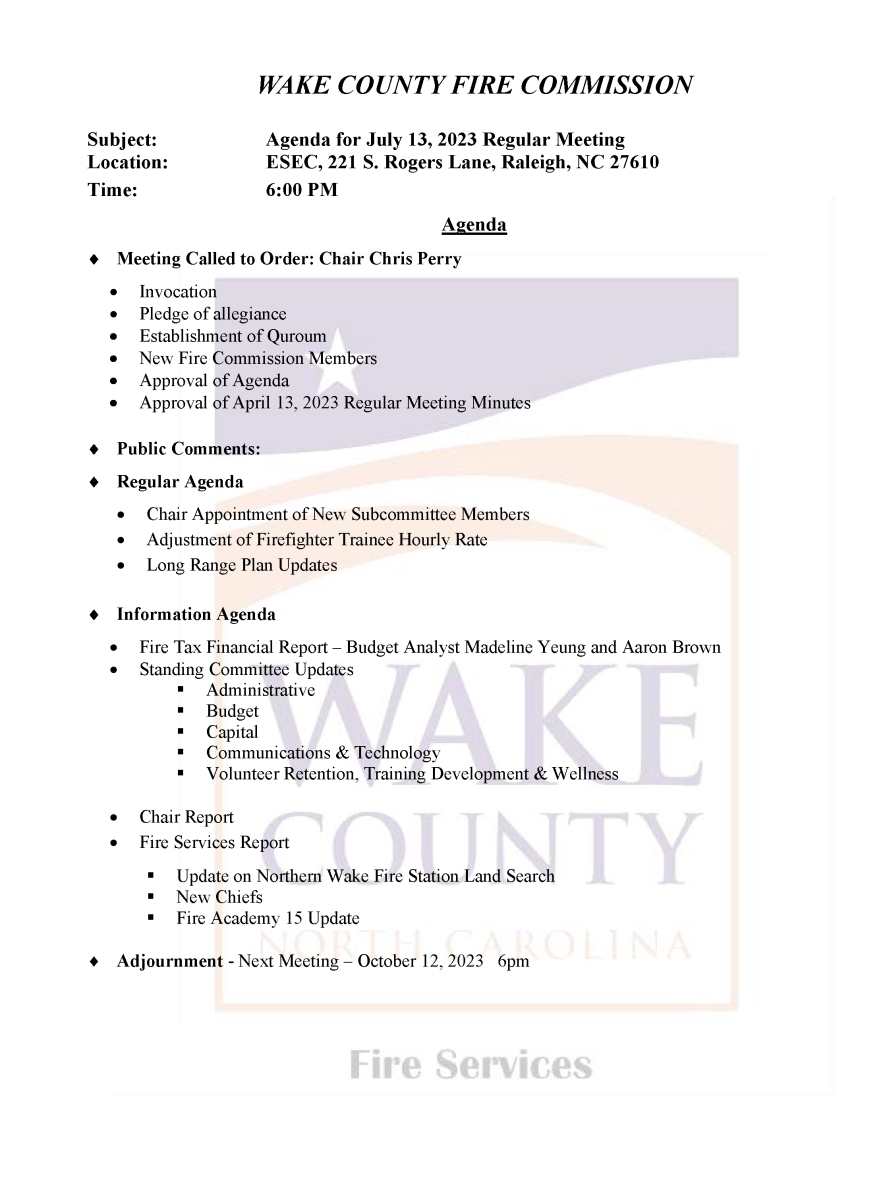This was originally posted to the old blog in August 2011 and is being reprinted here, for easier of newer readers to find.
As a public service to our readers, Mike Legeros, A. C. Rich, and Lee Price present an overview of fire service leadership in Wake County. The information is delivered in the format of an FAQ. First, though, let’s identify the speakers. Mike Legeros is the historian, author, and photographer who runs this blog. A. C. Rich is Fire Chief of the Stony Hill Fire Department, in addition to a career firefighter in Raleigh. Lee Price is Asst. Chief of the Wake-New Hope Fire Department, in addition to a career firefighter in Rolesville. Below is their best attempt to explain the many heads of the hydra that we call “local fire service leadership.” We’ll start with the fire commission, and work our way outward.
Q: What is the Wake County Fire Commission?
A: It is a group of people appointed by the Wake County Board of Commissioners, and empowered as a group to make recommendations to the County Commissioners, about aspects of the fire service within the control of the county. This web site lists the expected duties of the Fire Commission: http://www.wakegov.com/fire/commission.
Q: Who are the members of the Fire Commission?
A: Conceptually, they consist of: One County Commissioner. Four primary regional representatives of the county-funded fire departments: one for north region, one for south region, etc. Four alternate regional representatives, for above. The president of the Wake County Firefighter’s Association. One representative from the town of Wendell. Five citizens, also called “consumers.” The specific members are listed on a web site (http://www.wakegov.com/fire/commission/members.htm). However, that page is out of date at this time.
Q: How can you get appointed to the Fire Commission? Continue reading ‘From August 2011 – Wake County Fire Service Leadership Overview / FAQ’ »
